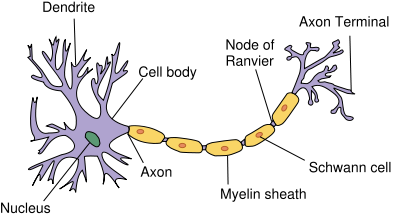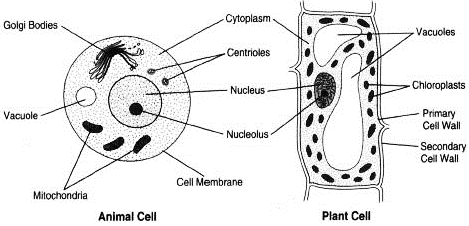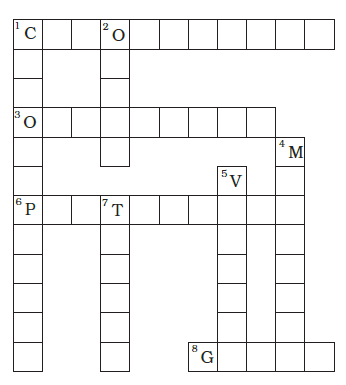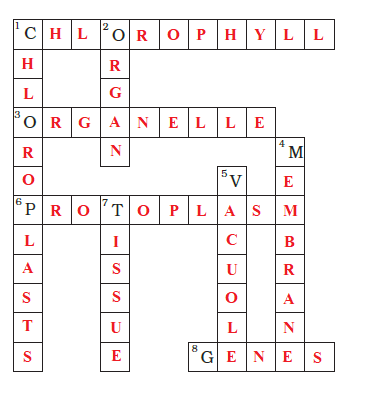NCERT Solutions Class 8 Science
The NCERT Solutions in English Language for Class 8 Science Chapter – 8 (Cell — Structure and Functions) has been provided here to help the students in solving the questions from this exercise.
Chapter – 8 (Cell — Structure and Functions)
1. Indicate whether the following statements are True (T) or False (F).
(a) Unicellular organisms have one-celled body. (T/F)
(b) Muscle cells are branched. (T/F)
(c) The basic living unit of an organism is an organ. (T/F)
(d) Amoeba has irregular shape. (T/F)
Answer –
(a) Unicellular organisms have one-celled body. (True)
(b) Muscle cells are branched. (False)
(c) The basic living unit of an organism is an organ. (False)
(d) Amoeba has irregular shape. (True)
2. Make a sketch of the human nerve cell. What function do nerve cells perform?
Answer –

The main function of the nerve cell is to transmit messages to the brain from receptor organs and vice versa. It has control over the working of different parts of the body.
3. Write short notes on the following.
(a) Cytoplasm
(b) Nucleus of a cell
Answer –
(a) Cytoplasm – Cytoplasm is a solution that fills up each cell. Its periphery is defined by the plasma membrane of the cell. Cytoplasm is composed of water, ions, salts and proteins. Organelles of the cell are suspended in the cytoplasm of the cell.
(b) Nucleus of a cell – Nucleus controls all the activities of the cell. It is known as the control centre of a cell. It contains the information of the cell, i.e., DNA. Nucleus also controls the synthesis of ribosomes and proteins of the cell.
4. Which part of the cell contains organelles?
Answer – Cytoplasm is the part of the cell containing organelles.
5. Make sketches of animal and plant cells. State the differences between them.
Answer –

| Animal Cell | Plant cell |
| They are generally small in size. | They are usually larger than animal cells. |
| Cell wall is absent. | Cell wall is present. |
| Vacuoles are small in size. | Vacuoles are larger in size. |
| No other animal cell possesses plastids except for the protozoan Euglena. | Plastids are present. |
| Chloroplast is absent | Chloroplast is present |
6. State the difference between eukaryotes and prokaryotes.
| Prokaryotes | Eukaryotes |
| Most of them are unicellular | Most of them are multicellular |
| There is no nuclear membrane. So,the nucleus is poorly defined. | There is a nuclear membrane. So, the nucleus is well-defined. |
| Not all cell organelles are present | All the cell organelles are present. |
| Nucleolus is absent | Nucleolus is present |
| For example, blue-green algae, Bacteria | For example, plants, animal cells and fungi. |
7. Where are chromosomes found in a cell? State their function.
Answer – Chromosomes are present inside the nucleus of a cell. Their function is to carry characteristic features i.e the genetic information, of parent cells to the daughter cell means, from parent to offspring.
8. “Cells are the basic structural units of living organisms”. Explain.
Answer – Each living organism is made up of cells. All the life processes take place inside the cell. A group of cells form a tissue to perform specific functions, these tissues combine together to form organs. Different organs together make up an organism.
9. Explain why chloroplasts are found only in plant cells.
Answer – Chloroplasts are plastids required for the food-making process called photosynthesis, and thus they are only present in plant cells.
10. Complete the crossword with the help of the clues given below.
Across
1. This is necessary for photosynthesis.
3. Term for component present in the cytoplasm.
6. The living substance in the cell.
8. Units of inheritance present on the chromosomes.
Down
1. Green plastids.
2. Formed by a collection of tissues.
4. It separates the contents of the cell from the surrounding medium.
5. Empty structure in the cytoplasm.
7. A group of cells.

Answer –


